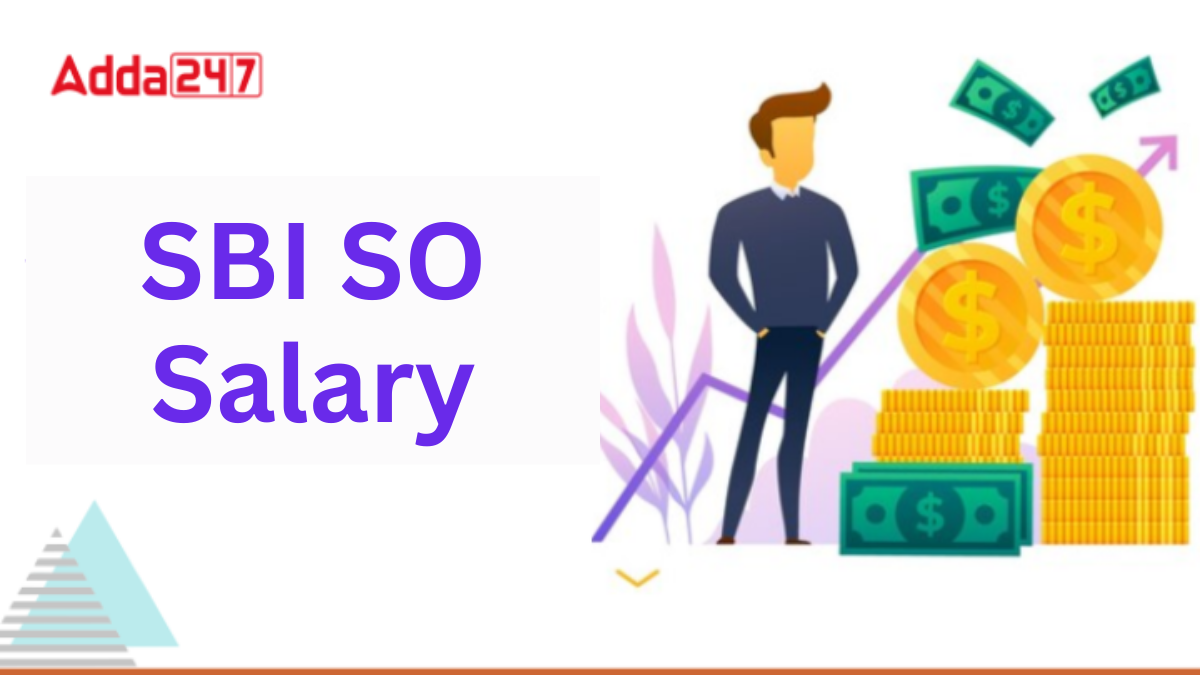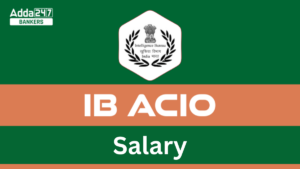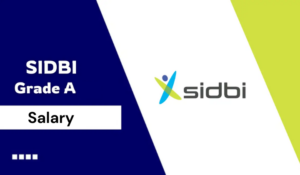The SBI Specialist Officer (SO) Salary 2025 is an attractive package that includes competitive basic pay, allowances, and additional perks. As a Specialist Officer in the State Bank of India (SBI), employees receive a well-structured salary based on their designation, experience, and location. Along with a stable career and job security, SBI SOs enjoy benefits like house rent allowance (HRA), dearness allowance (DA), medical facilities, and performance-linked incentives. Understanding the salary structure, perks, and allowances helps aspiring candidates evaluate the financial benefits of this role.
SBI SO Salary 2025
State Bank of India offers a lucrative salary to the employees designated for the position of Specialist Officer including the basic pay and the allowances. The scale of pay varies Grade-wise for the regular as well as contractual posts such as Deputy Manager, IT Officer, Relationship Manager, Vice President, etc. Aspirants can refer to the given article for the detailed SBI Specialist Officer Salary 2025, Perks, Allowances, Job Profile, and Career Growth.
Also Check, SBI SO Final Result 2025
SBI SO Salary Structure
The table below provides a detailed breakdown of the SBI SO Salary Structure, categorized by different positions. It offers candidates complete information on the salary packages along with grade and scale of pay.
| SBI SO Salary 2025: Salary Structure | |
|---|---|
| Grade(Regular Position) | Pay Scale |
| JMGS I | Rs. 48480-2000/7-62480-2340/2-67160-2680/7-85920 |
| MMGS II | Rs. 64820-2340/1-67160-2680/10-93960 |
| MMGS III | Rs. 85920-2680/5-99320-2980/2-105280 |
The Annual Cost to Company (CTC) is flexible and will be determined based on the candidate’s experience, current earnings in their current job, and the location of their posting. The CTC package consists of 85% fixed components and 15% variable pay. There will be an annual increment in the CTC, with increments of 5%, 6.5%, and 7% for the 1st, 2nd, and 3rd annual increments, respectively.
SBI SO Salary Perks & Benefits
Apart from the salary, there are various perks and allowances provided to SBI SO. Candidates can check below the complete perks & allowances.
- House Rent Allowance
- City Compensatory Allowance
- Special Allowance
- Leave Travel Allowance
- Dearness Allowance
- Conveyance Allowance
- Medical Allowance
- Pension Fund
- Medical Facility
SBI SO Salary: Job Profile & Promotion
Aspirants selected for the position of Specialist Officer in the State Bank of India must be familiar with the job responsibilities. The job profile of SO entirely depends upon the position at which they are designated. The common SBI SO Job Profile has been discussed in the given section.
- Communicate with the customers and business partners to evaluate and figure out the purpose.
- As per the business requirements, the specialist officers point out the specific field-related operations.
- Handle the system/server installation, configuration, and monitoring.
- If in any of the tasks, there arises any problem, then the specialist officers look into it and solve it.
- After receiving data from various departments, the specialist officer prepares the status report and submits it to the assigned authority.
SBI SO Salary: Know The Annual Package
State Bank of India offers a lucrative salary to the specialist officers and that is the reason why candidates apply for the esteemed position. The annual package of an SBI SO varies post-wise as the pay scale differs grade-wise. The annual package is also different because of the perks and allowances as it depends on the location of posting, scale, etc. Candidates must have a note of the minimum and maximum annual package for the post they are applying.
| SBI SO Salary 2025 |
||
| Post | Grade | Annual CTC |
| Deputy Vice President- IT Risk | – | Upto Rs 44.00 lacs |
| Assistant Vice President- IT Risk | – | Upto Rs 38.00 lacs |
| Deputy Manager (Systems) – Project Management & Delivery | MMGS-II | Rs. 25.75 lacs |
| Deputy Manager (Systems) – Infra Support & Cloud Operations | ||
| Deputy Manager (Systems) – Networking Operations | ||
| Deputy Manager (Systems) – IT Architect | ||
| Deputy Manager (Systems) – Information Security | ||
| Assistant Manager (System) | JMGS-I | Rs. 18.67 lacs |
| Related Posts | |
| SBI SO Syllabus | SBI SO Preparation Strategy |




 IB ACIO Salary 2025, In Hand Salary Stru...
IB ACIO Salary 2025, In Hand Salary Stru...
 Indian Bank Apprentice Salary 2025, Mont...
Indian Bank Apprentice Salary 2025, Mont...
 SIDBI Grade A Salary 2025, In Hand Salar...
SIDBI Grade A Salary 2025, In Hand Salar...


